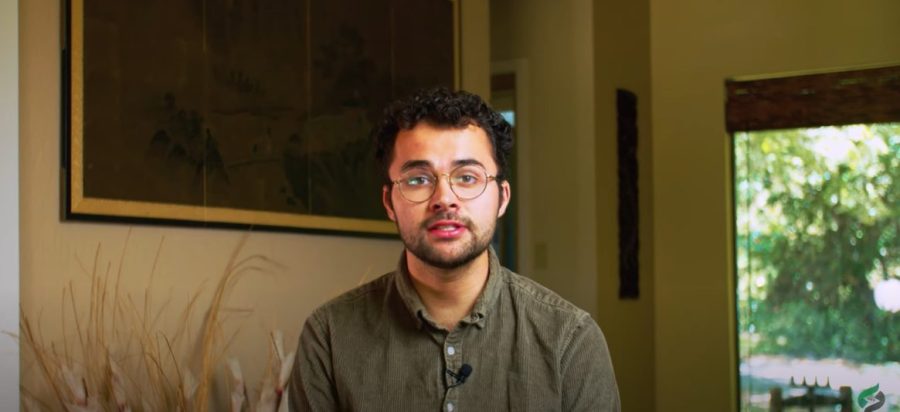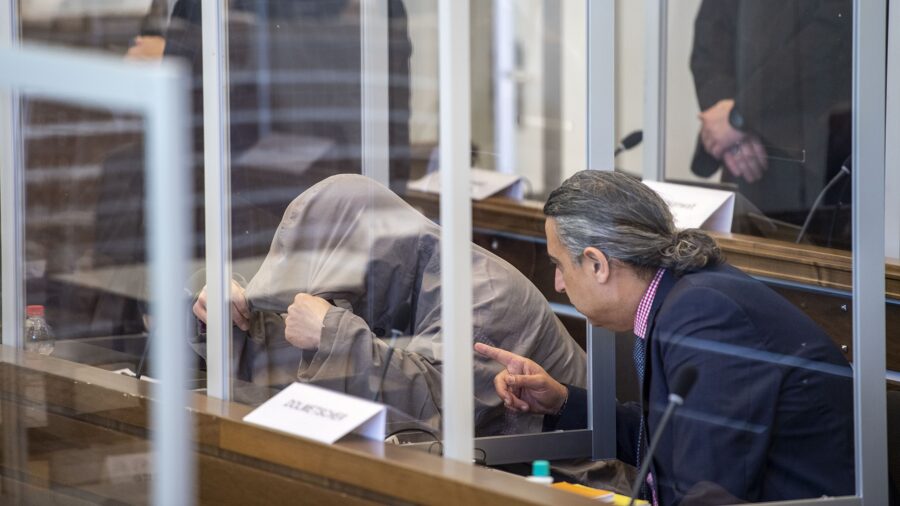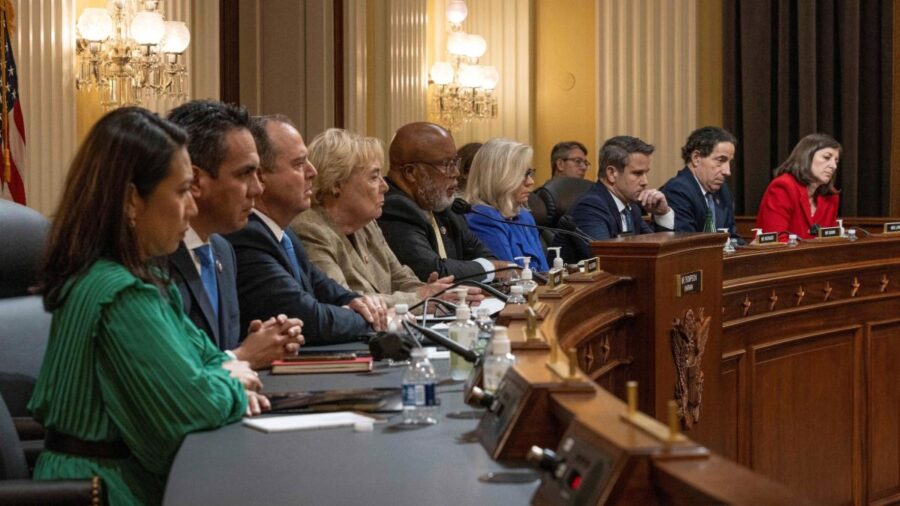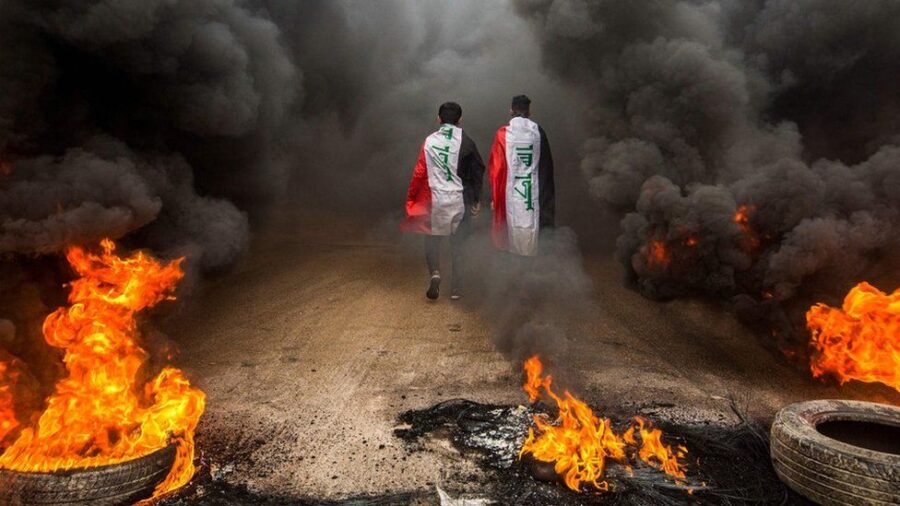Anti-government protests have erupted on a regular basis in Iraq in recent years. But these are the largest and bloodiest since the US-led invasion in 2003 that overthrew Saddam Hussein.
Here’s all the background you need to know in 100 or 500 words – you can read each individually or in turn.
The story in 100 words
The unrest started on 1 October, when people took to the streets of Baghdad and in the south to express their anger at endemic corruption, high unemployment, dire public services and foreign interference.
The prime minister has resigned in response, but protesters want to sweep away the entire political establishment.
The story in 500 words
What triggered the unrest?
At the end of September, Prime Minister Adel Abdul Mahdi demoted Iraq’s popular counter-terrorism chief. The decision was met with anger on social media and calls went out for protests on 1 October against the government’s failure to provide basic services, create jobs and stamp out corruption.
The biggest protest took place in Baghdad’s Tahrir Square. When people tried to cross a bridge to reach the Green Zone – the location of the main government offices – security forces opened fire.
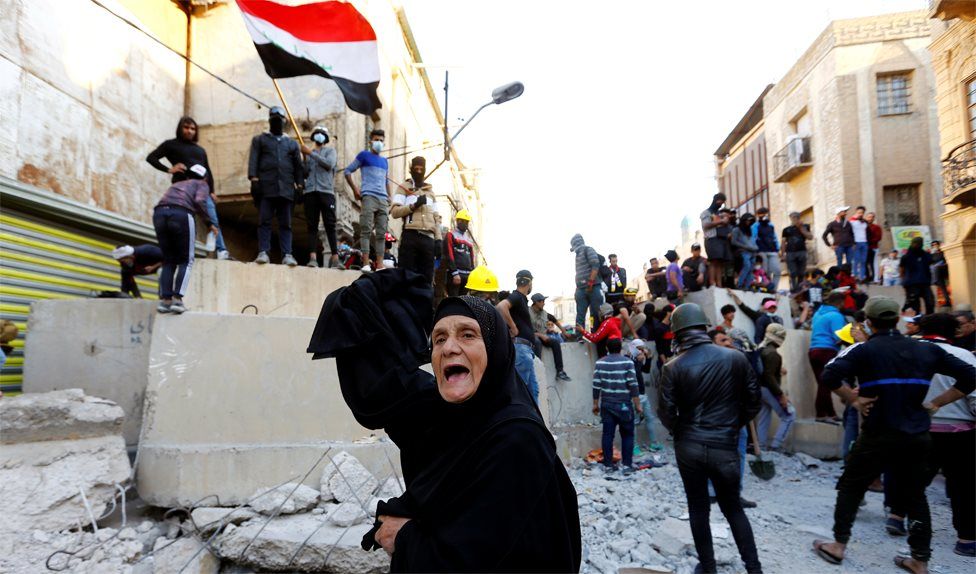 IMAGE SOURCE, REUTERS
IMAGE SOURCE, REUTERSThe heavy-handed response fuelled popular anger and the protests spread to southern and central provinces.
After the first wave of protests ended on 9 October, Mr Abdul Mahdi promised to reshuffle his cabinet and launch schemes to reduce unemployment. Angered by his refusal to also call early elections, the protesters returned to the streets on 25 October.
What do the protesters want?
The protesters, who are mostly under the age of 30 and represent a cross-section of society, do not have leaders to present their demands.
However, it clear they want an overhaul of the post-2003 political system, which has failed to protect living standards despite Iraq’s enormous oil resources.
A narrow elite has been able to keep a firm grip on power because of a quota system that allocates positions to political parties based on sectarian and ethnic identity, encouraging patronage and corruption.
What do Iraq’s leaders say?
After violence intensified at the end of November, Iraq’s top Shia Muslim cleric, Grand Ayatollah Ali Sistani, urged parliament to reconsider its support for the government.
Mr Abdul Mahdi subsequently resigned, saying it was “necessary as part of the de-escalation”. He and his cabinet will stay on in a caretaker capacity until a new premier is chosen by the main parliamentary blocs – something that could take weeks.
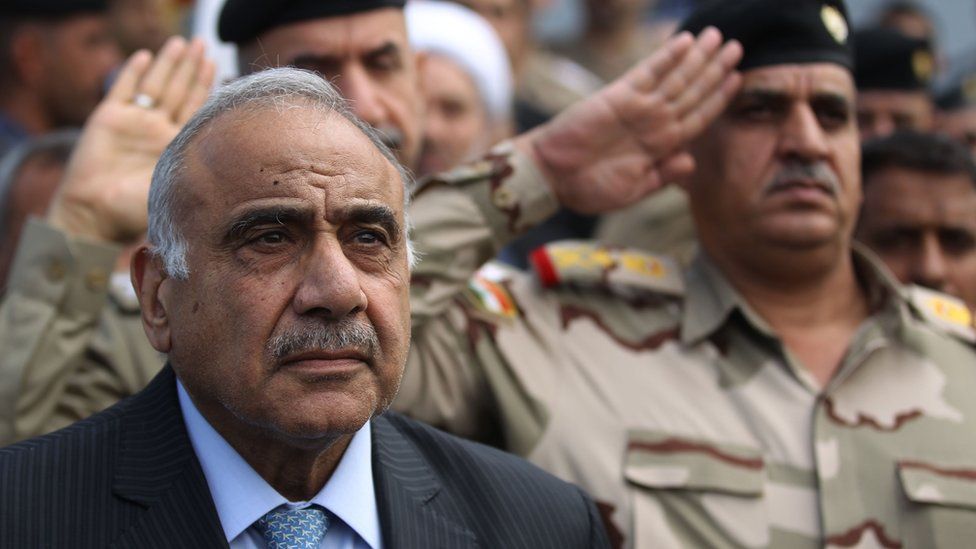 IMAGE SOURCE, AFP
IMAGE SOURCE, AFPAyatollah Sistani also called on politicians to speed up the passing of a new electoral law. President Barham Saleh has said it will “allow for elections that are more just and better represent the people”.
The UN has made a series of recommendations, including investigations into killings of protesters, declarations of assets by politicians, corruption trials, electoral reform and constitutional changes.
How many people have died?
A government committee found 149 civilians died during the first wave of protests, mostly as a result of bullet wounds. At least 220 people have been killed since the second wave began, according to medics and security officials.
More than a dozen security personnel have also died in clashes.
Human rights activists say they have documented unlawful use of lethal force to disperse protesters, including with military-grade tear-gas grenades, live ammunition and sniper attacks.
Why are the protesters also angry at Iran?
They accuse the country of complicity in Iraq’s governance failure and corruption.
Iran’s influence over Iraq’s internal affairs has grown steadily since 2003. It has close links to Shia politicians who are part of the ruling elite, and has backed the paramilitary Popular Mobilisation force, which is dominated by Shia militias.

